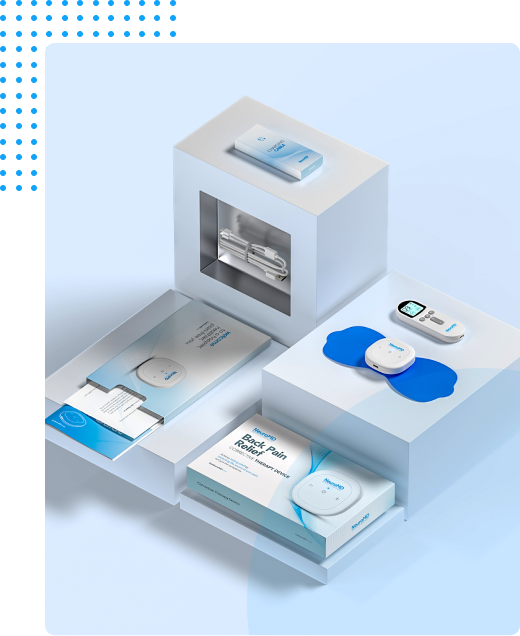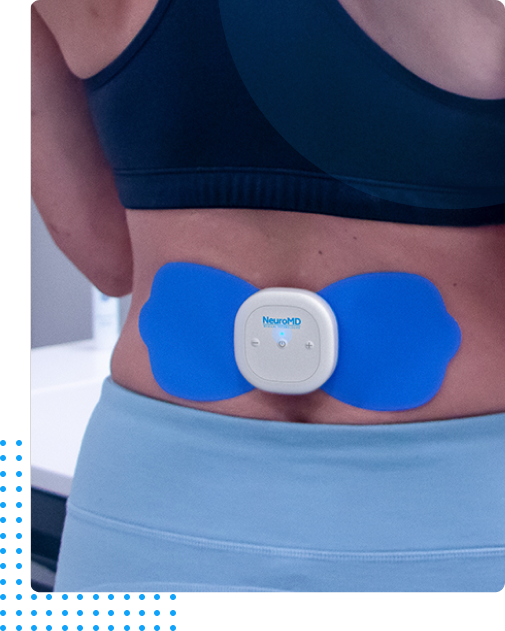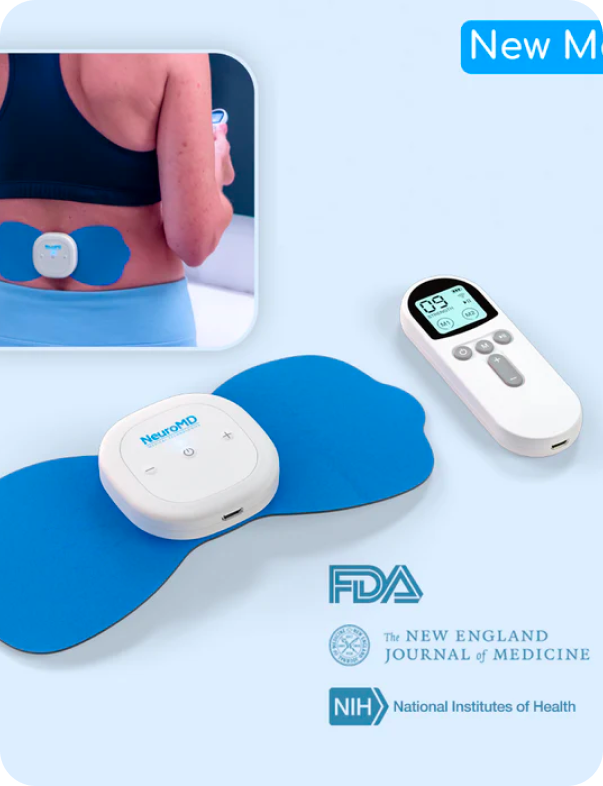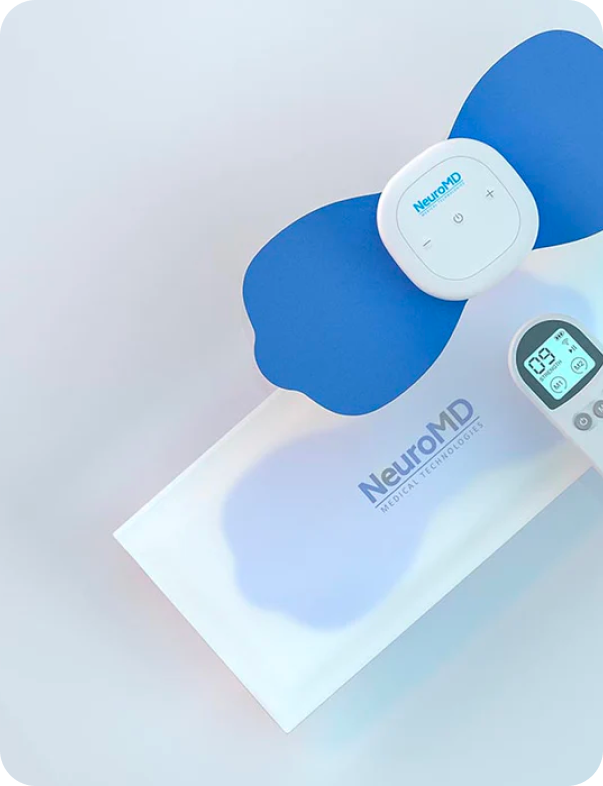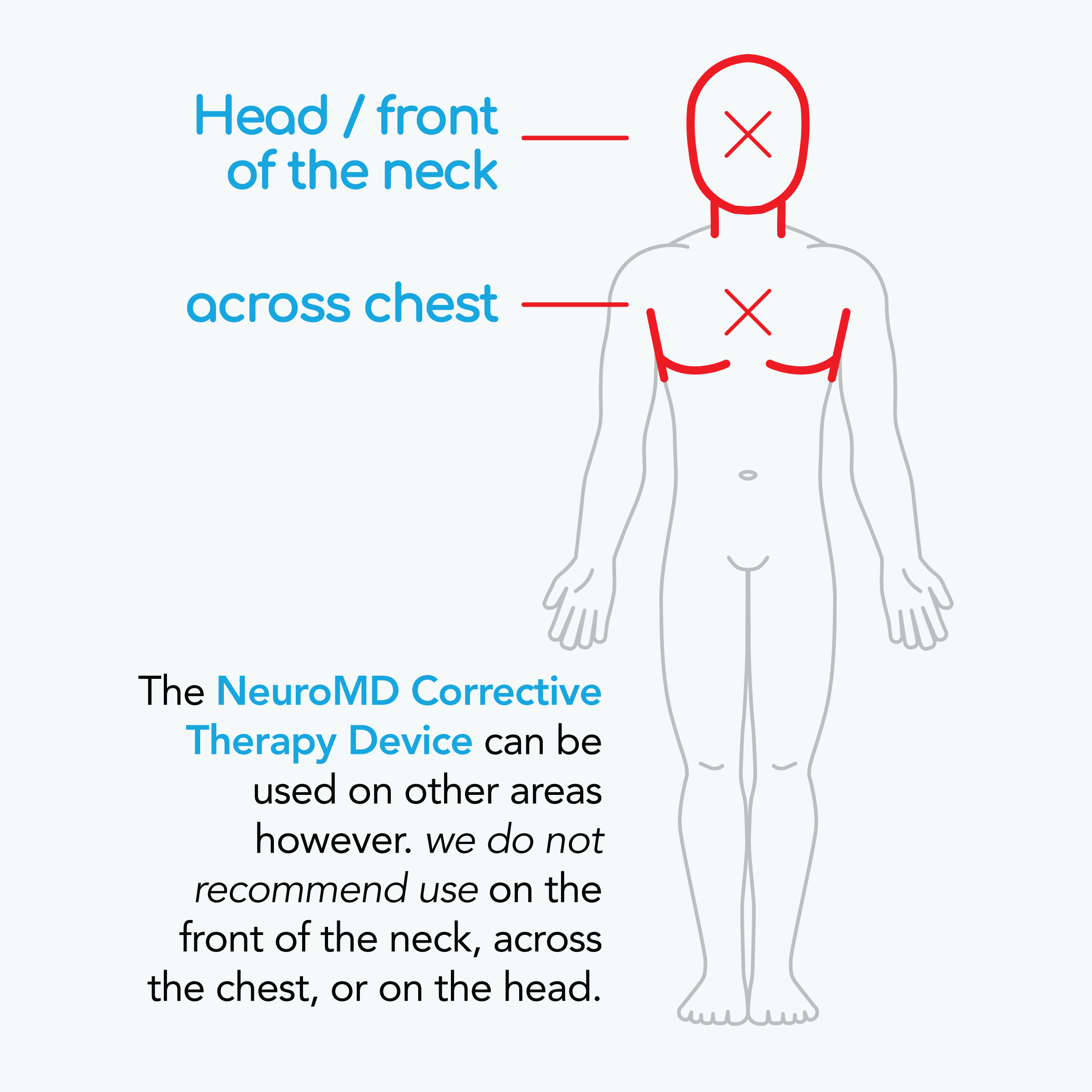Copy of NeuroMD Corrective Therapy Device® for Back Pain
-
Limited-Stock: Fast Shipping from Tennessee
 FDA cleared
FDA cleared FSA & HSA eligible
FSA & HSA eligible Doctor recommended
Doctor recommended Top rated device & easy to use
Top rated device & easy to use Free exercise guide & protocol
Free exercise guide & protocol
The only thing that has worked for me.
"NeuroMD helped me avoid surgery and has saved me time and money from PT/chiropractor appointments. I've been using my device for 2 months now and the relief has been life changing for me and my family."
Barbara W.

NeuroMD works to prevent
pain for good
|
NeuroMD (NMES) |
Heating Pad |
TENS Unit |
|
|---|---|---|---|
|
Lasting pain relief |
Immediate relief and lasting results with continued use |
Provides short-term relief. |
Temporarily masks pain. |
|
Muscle strengthening |
Helps support joints while healing damaged muscles, ligaments, and tendons. |
Not designed for muscle strengthening. |
Not designed for muscle strengthening. |
|
Wireless, rechargeable |
Easy to place and move with |
Wired and restrictive |
Many wires, difficult to connect, cumbersome |
|
Deep penetration |
Targets motor nerves to prevent atrophy |
Surface relief only |
Surface relief only |
|
Clinically Validated |
Backed by 5 clinical studies |
No rehabilitation studies |
No rehabilitation studies |
NeuroMD (NMES)
Heating Pad
TENS Unit
Lasting pain relief
Immediate relief and lasting results with continued use
Provides short-term relief.
Temporarily masks pain.
Muscle strengthening
Helps support joints while healing damaged muscles, ligaments, and tendons.
Not designed for muscle strengthening.
Not designed for muscle strengthening.
Wireless, rechargeable
Easy to place and move with
Wired and restrictive
Many wires, difficult to connect, cumbersome
Deep penetration
Targets motor nerves to prevent atrophy
Surface relief only
Surface relief only
Clinically Validated
Backed by 5 clinical studies
No rehabilitation studies
No rehabilitation studies
-
Limited-Stock: Fast Shipping from Tennessee
- Product Description
- How To Use
- Reviews
- The most advanced, FDA-cleared system to restore your lower back health and provide lasting pain relief.
- Equipped with pre-set, clinically studied NMES parameters, the Corrective Therapy Device® delivers proven electrical stimulation to correct the source of the pain.
- Get started on the path to relief during our biggest sale ever with savings of $200 and enjoy a 60-day at-home trial.
- Not advised for use with electronic implants. See FAQ below for more info.
A NeuroMD device works to correct your back pain through a 12 week consistency program and continues to provide relief through maintained use.
Week 1 Start on Mode 1
- Use NeuroMD for 4-7 days this week.
- Each session lasts 25 minutes.
Week 2-12 Begin Mode 2
- Use NeuroMD for 6-7 days per week.
- Each session lasts 25 minutes.
Week 13+ Maintain on Mode 1
- Use NeuroMD for 4-7 days this week.
- Each session lasts 25 minutes.
- The most advanced, FDA-cleared system to restore your lower back health and provide lasting pain relief.
- Equipped with pre-set, clinically studied NMES parameters, the Corrective Therapy Device® delivers proven electrical stimulation to correct the source of the pain.
- Get started on the path to relief during our biggest sale ever with savings of $200 and enjoy a 60-day at-home trial.
- Not advised for use with electronic implants. See FAQ below for more info.
A NeuroMD device works to correct your back pain through a 12 week consistency program and continues to provide relief through maintained use.
Week 1 Start on Mode 1
- Use NeuroMD for 4-7 days this week.
- Each session lasts 25 minutes.
Week 2-12 Begin Mode 2
- Use NeuroMD for 6-7 days per week.
- Each session lasts 25 minutes.
Week 13+ Maintain on Mode 1
- Use NeuroMD for 4-7 days this week.
- Each session lasts 25 minutes.
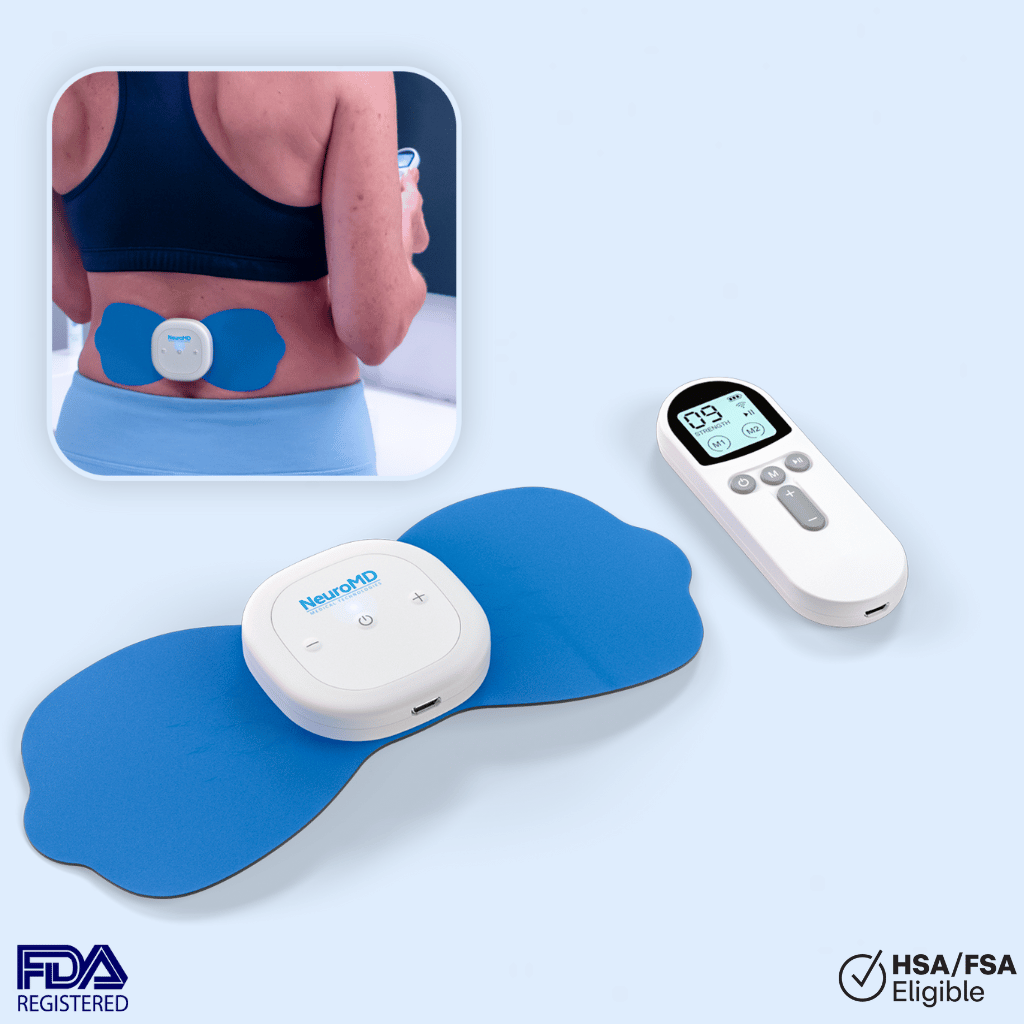
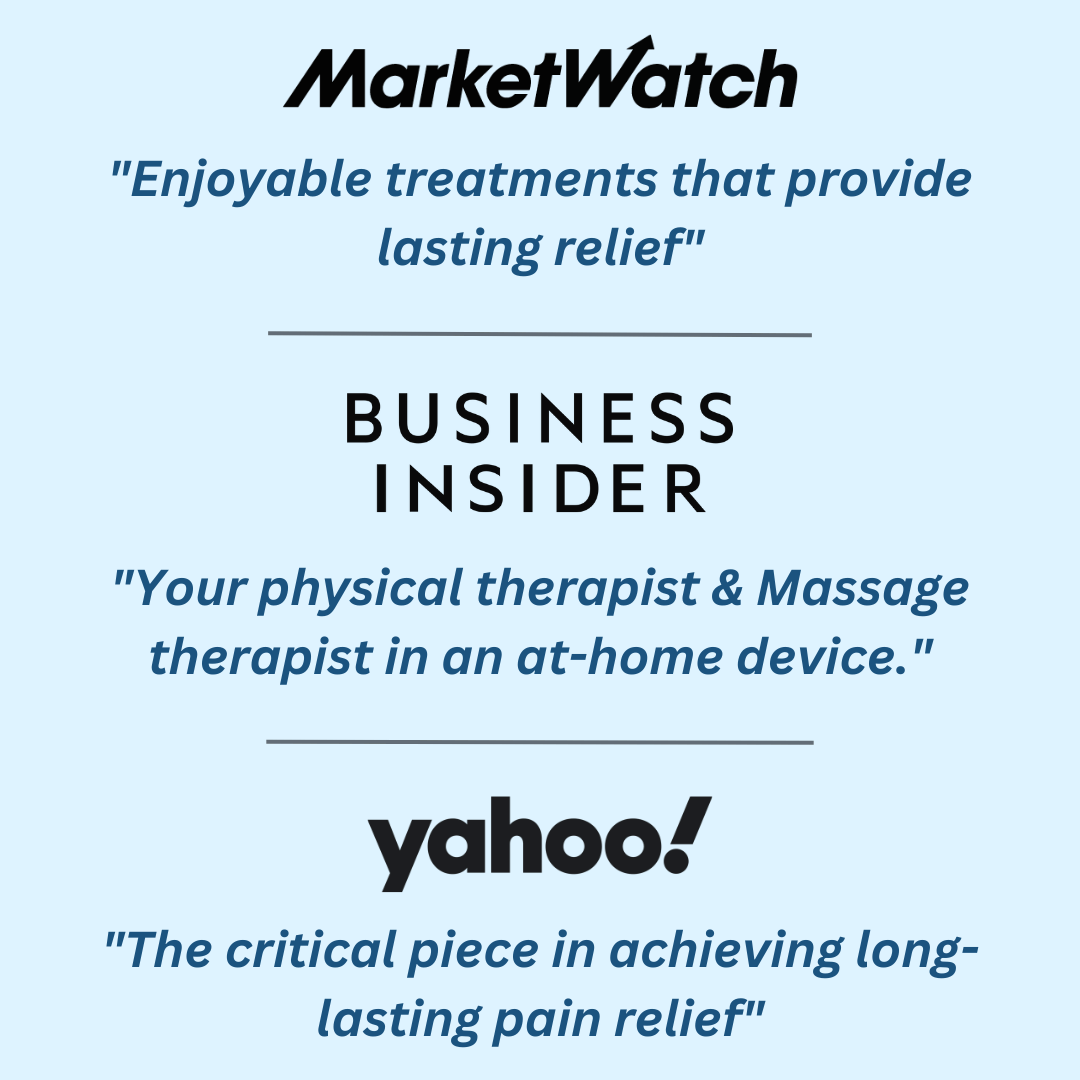
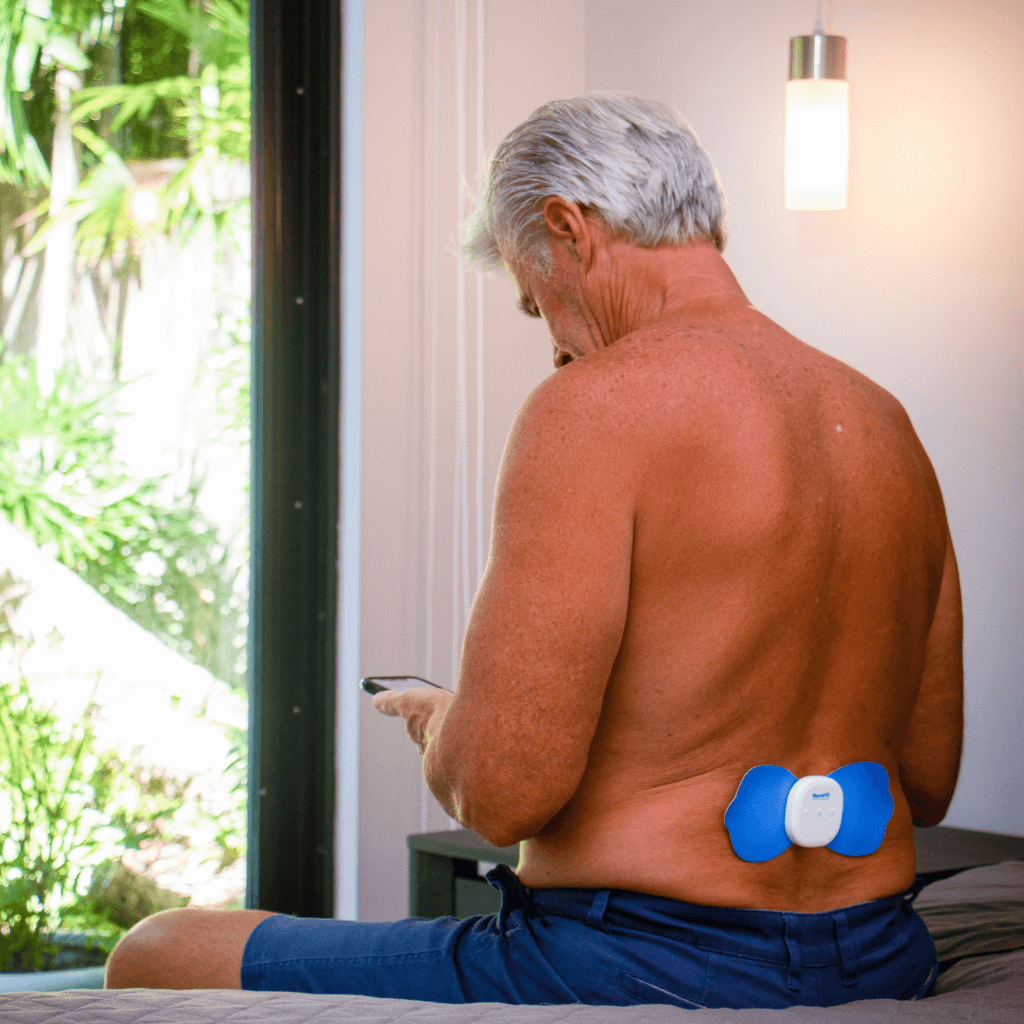
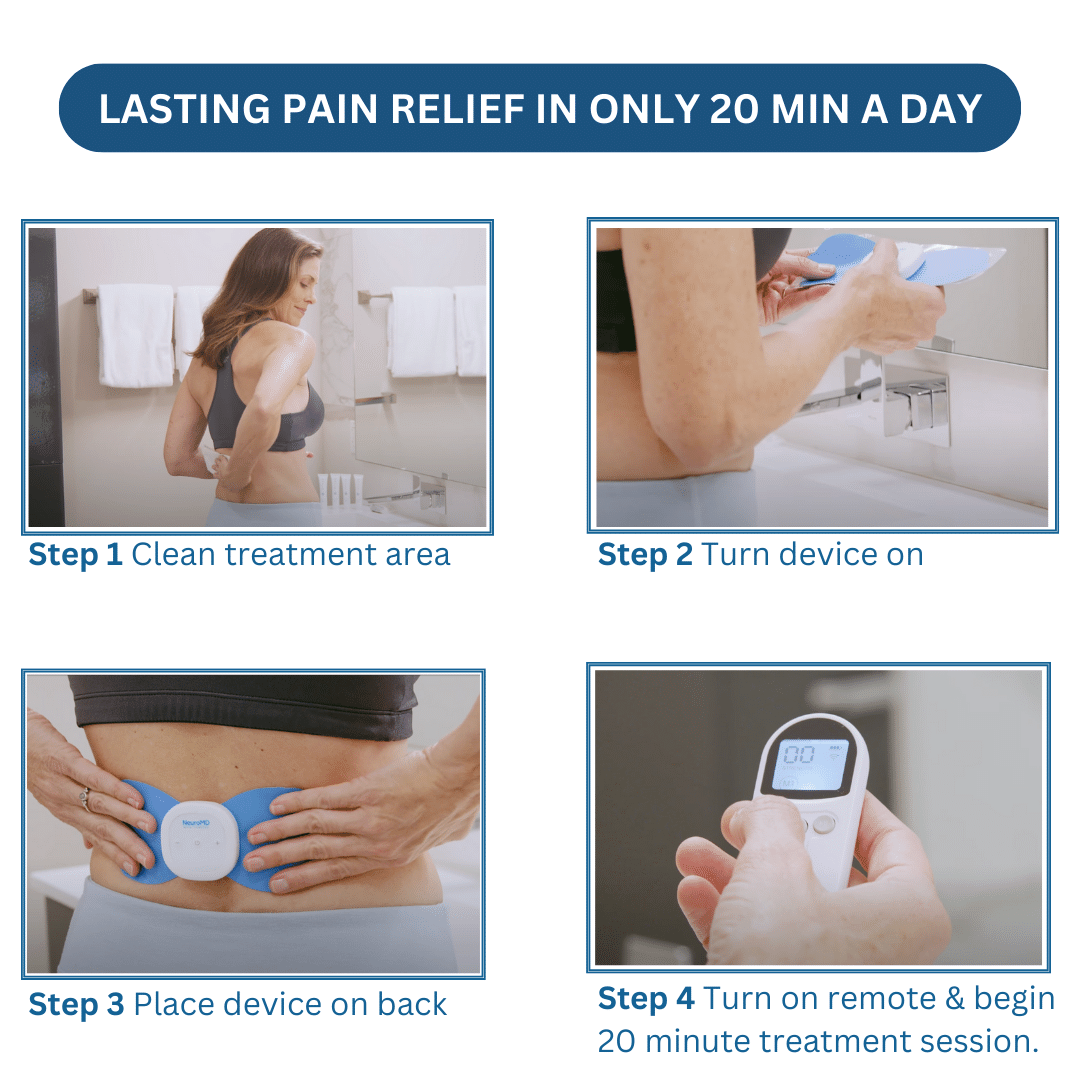
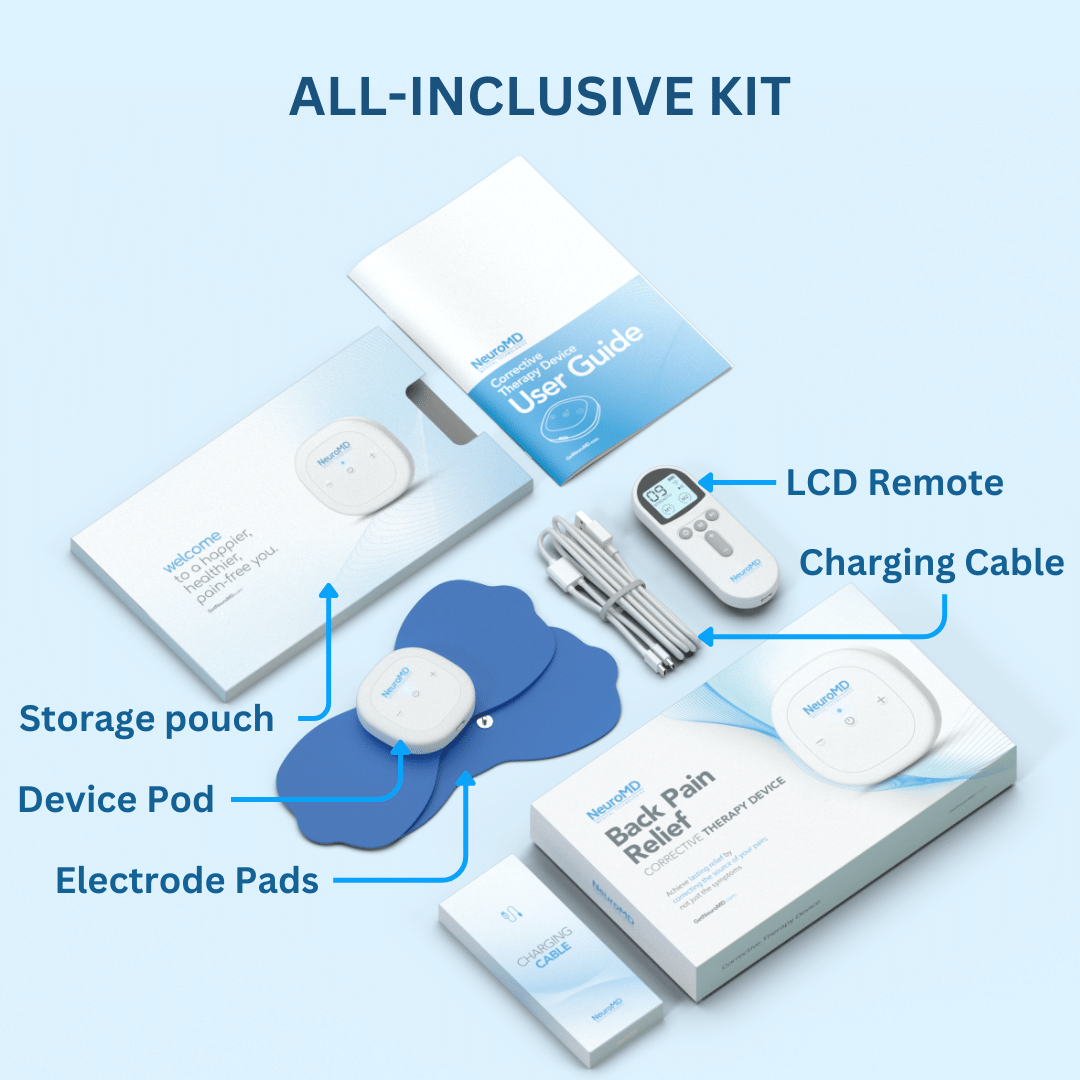
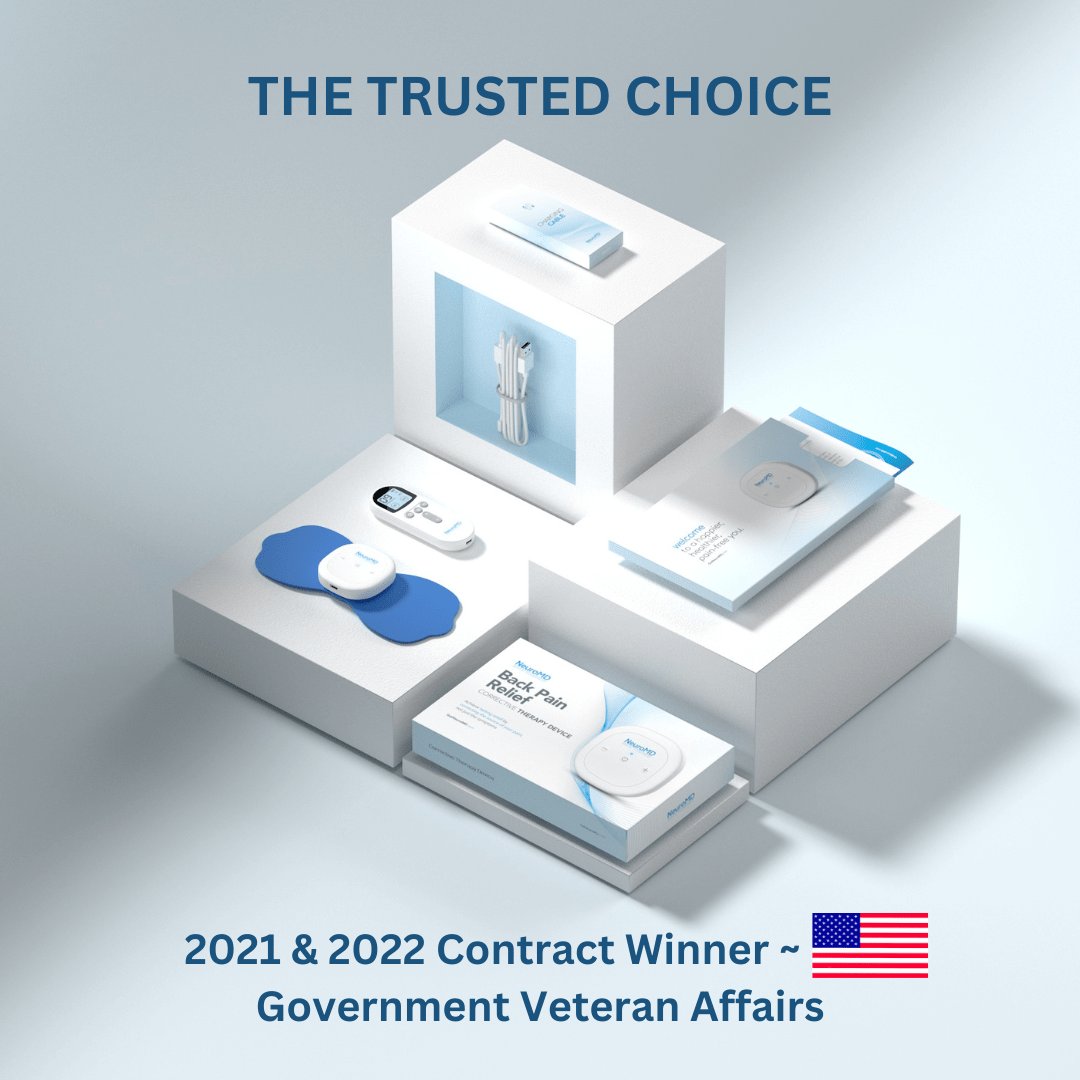
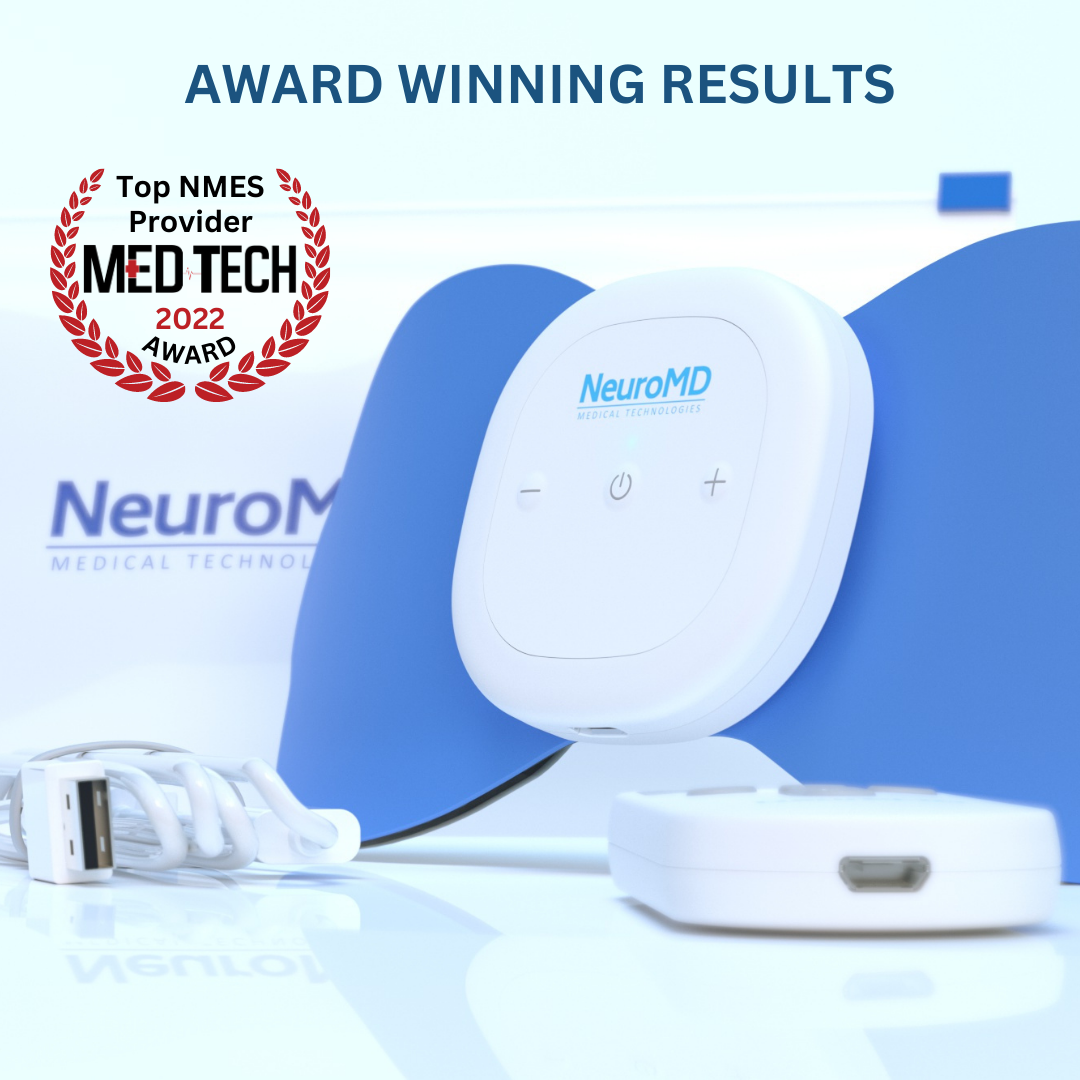
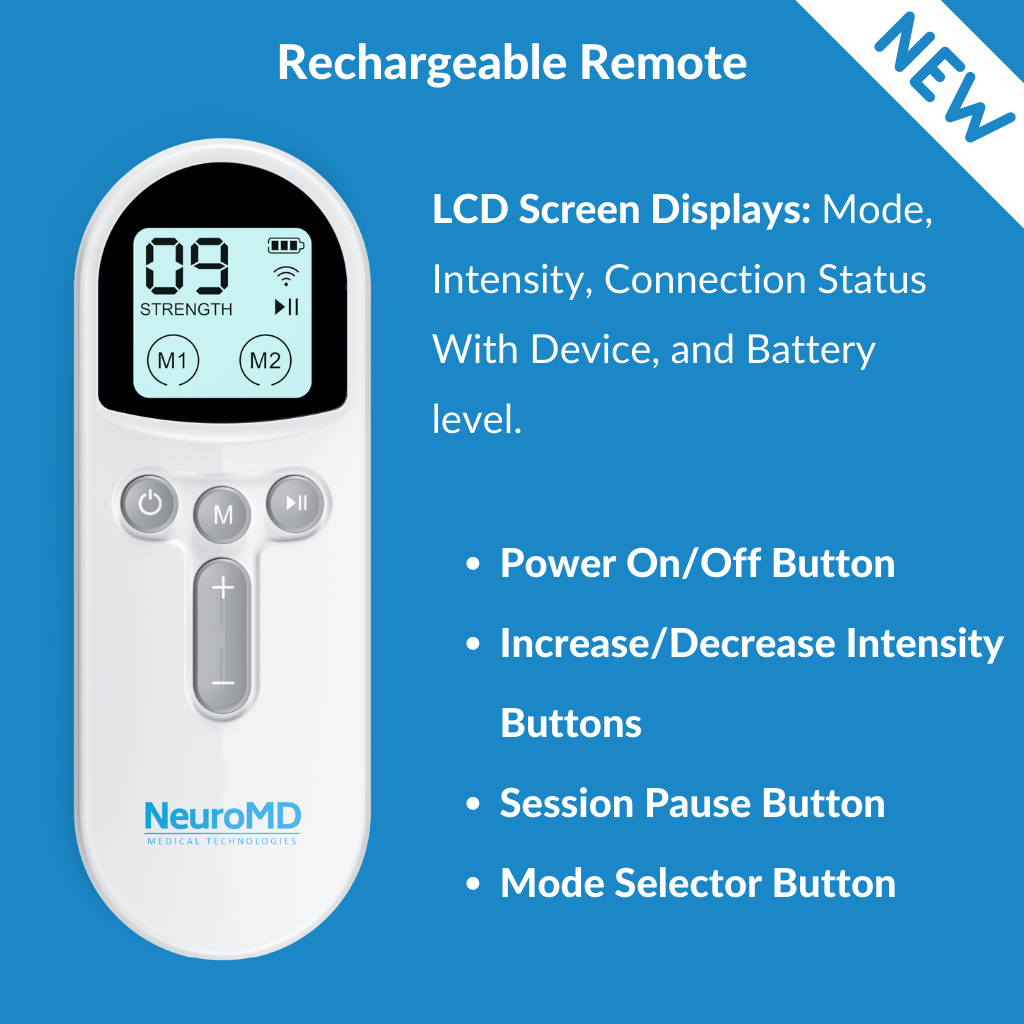
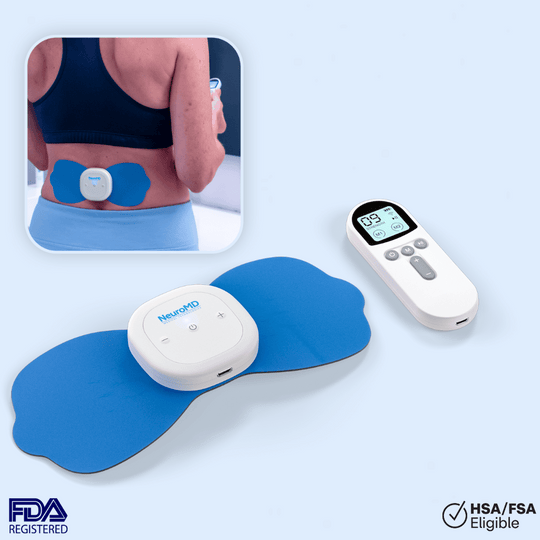
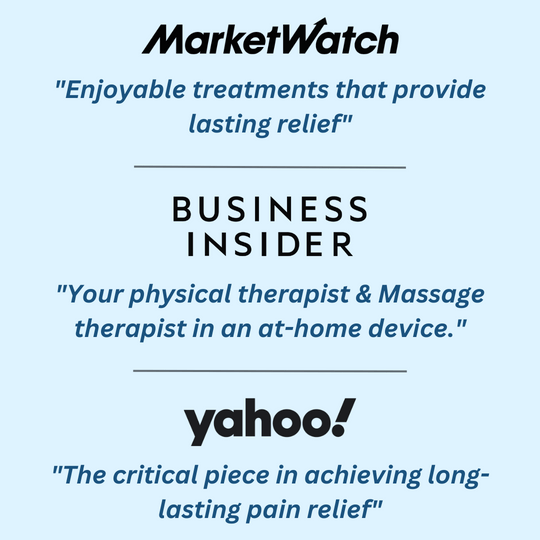
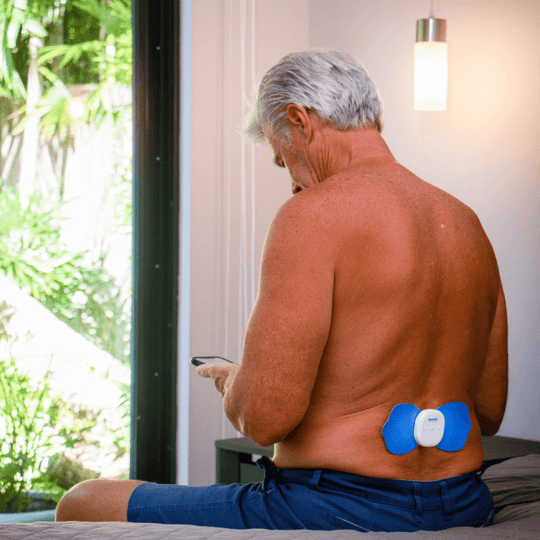
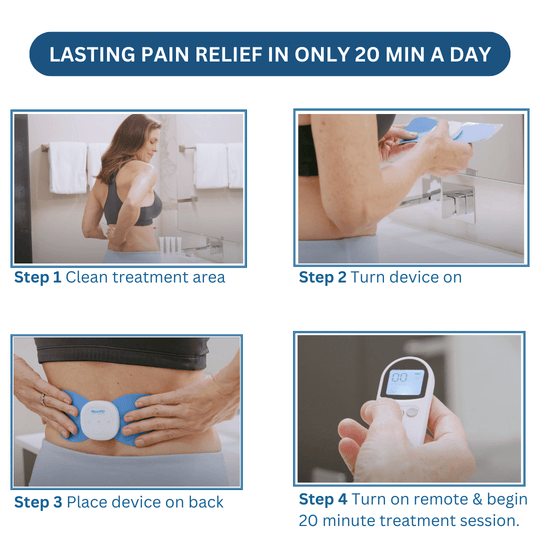
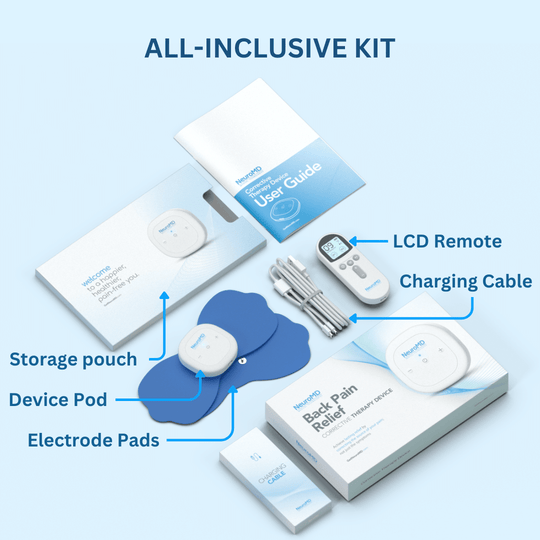
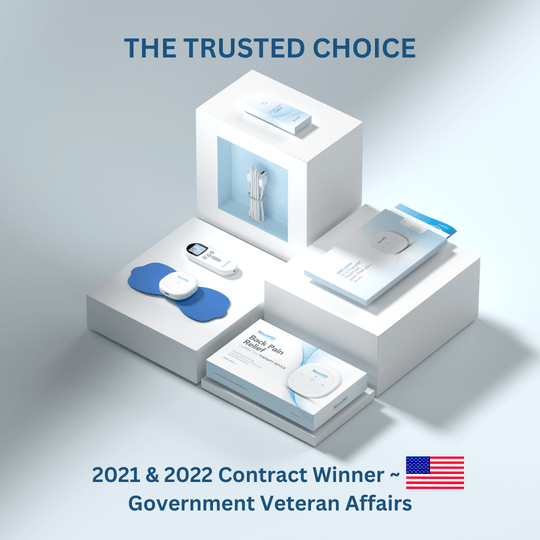

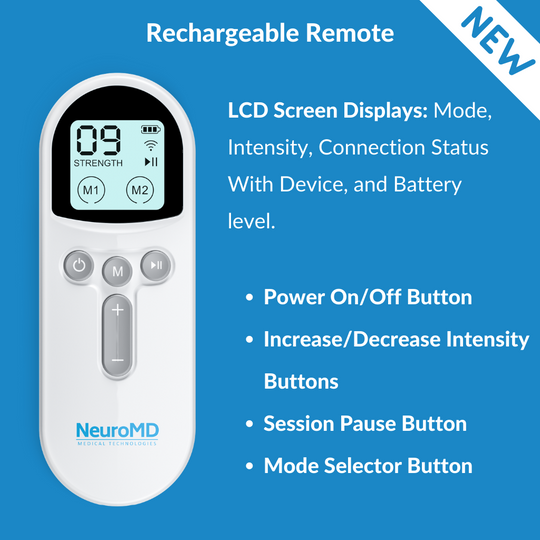



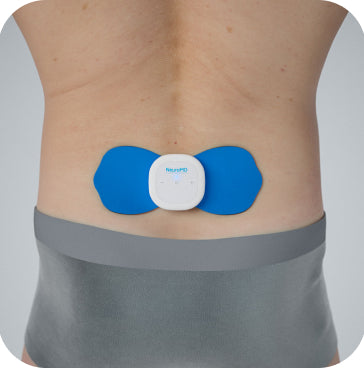
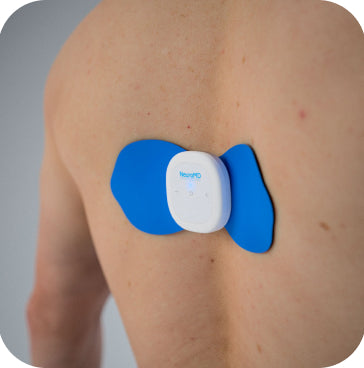
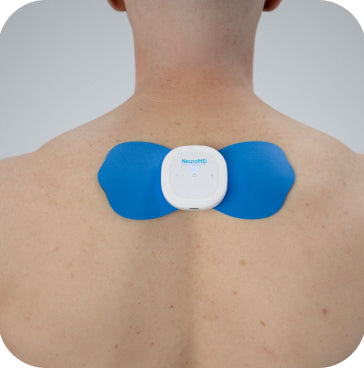
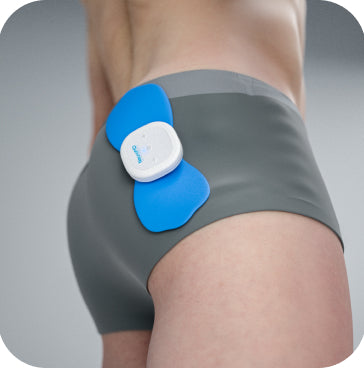






 (NMES)
(NMES)



